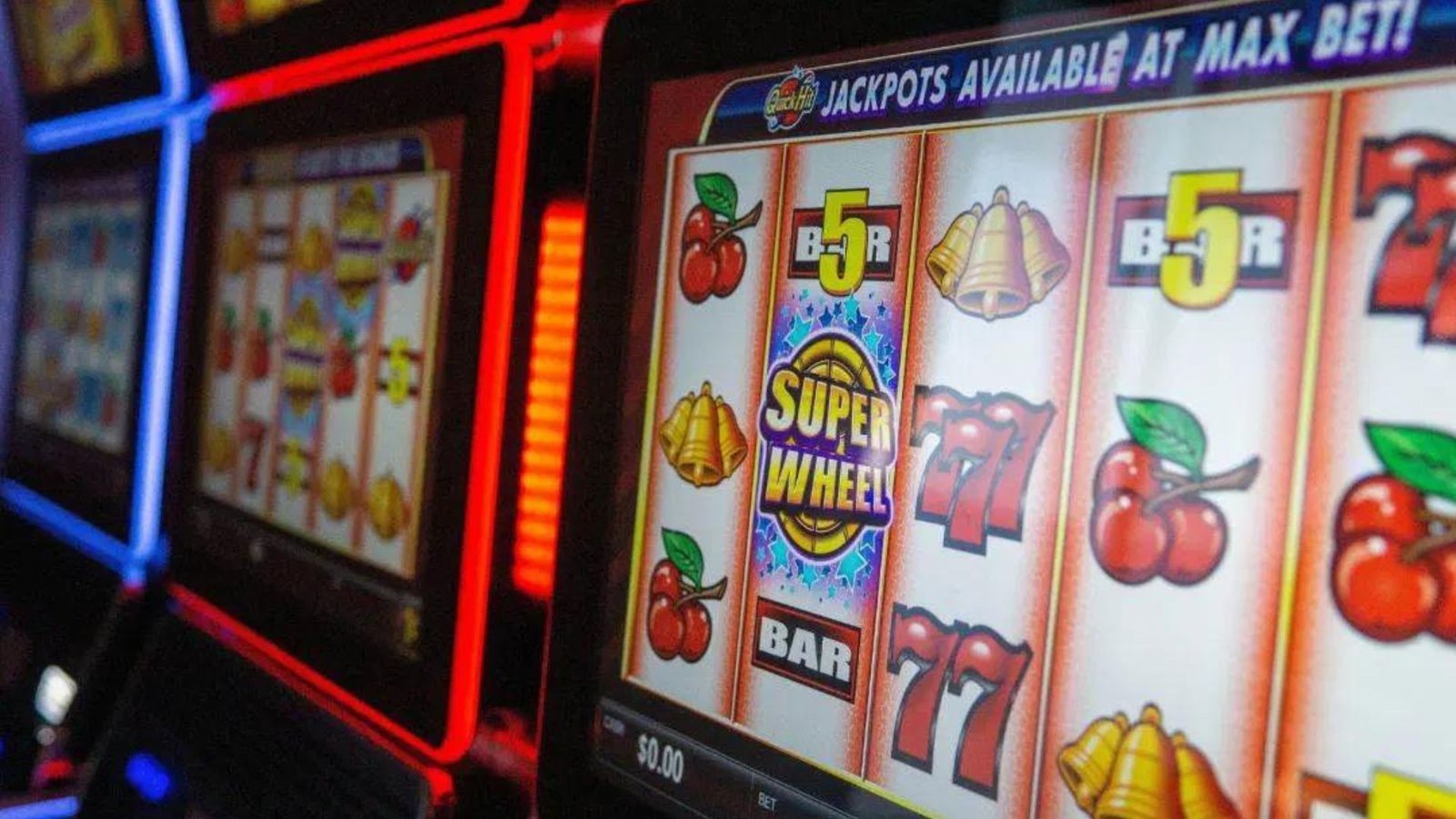The world of slot games is not just about spinning reels and chasing jackpots. Behind every successful slot game is a carefully crafted design that aims to captivate players and provide an engaging and enjoyable experience. In this post, we will explore the psychology behind slot game design, uncovering the strategies and techniques used to create immersive and compelling player experiences.
- The Role of Visual and Audio Stimuli:
Slot game designers understand the power of visual and audio stimuli in capturing players’ attention. We delve into the importance of vibrant graphics, captivating themes, and immersive sound effects that create an enticing atmosphere and draw players into the game world.
- Leveraging Reward Systems and Reinforcement:
Slot games employ reward systems to hook players and keep them engaged. We explore the use of intermittent reinforcement, where players receive rewards at unpredictable intervals, creating a sense of excitement and anticipation. Additionally, we discuss the impact of progressive jackpots and bonus features that offer the potential for significant payouts.
- Engaging Narrative and Storytelling Elements:
A well-crafted narrative can enhance player engagement and immersion. We discuss the incorporation of storytelling elements in slot game design, such as character development, plotlines, and quests, which create a sense of progression and purpose for players.
- Gamification Elements:
Gamification techniques are used to enhance player motivation and engagement. We explore the implementation of achievement systems, leaderboards, levels, and unlockable content in slot games, fostering a sense of accomplishment and competition among players.
- Creating Flow and Flow Channels:
The concept of flow, a state of deep immersion and concentration, is important in slot game design. We discuss how game designers create flow by balancing challenge and skill, providing players with a seamless and satisfying gameplay experience.
- Personalization and Player Choice:
Slot games increasingly offer personalized experiences to cater to individual player preferences. We explore the use of customizable features, such as bet size, payline selection, and bonus options, allowing players to tailor their gameplay experience to their liking.
- Responsible Gaming Considerations:
While captivating player experiences are essential, responsible gaming is paramount. We address the importance of incorporating responsible gaming features, such as time and spending limits, self-exclusion options, and educational resources to promote healthy gambling behaviors.
Conclusion:
Slot game design goes far beyond spinning reels and flashing lights. By understanding the psychology behind player engagement, slot game designers create captivating experiences that immerse players into the game world. From visual and audio stimuli to reward systems, narratives, and flow channels, every aspect of design is carefully crafted to provide an enjoyable and engaging experience. However, it is crucial to balance these design elements with responsible gaming considerations, ensuring players can engage in slot games responsibly and enjoy the entertainment they provide.












https://t.me/Top_BestCasino/160